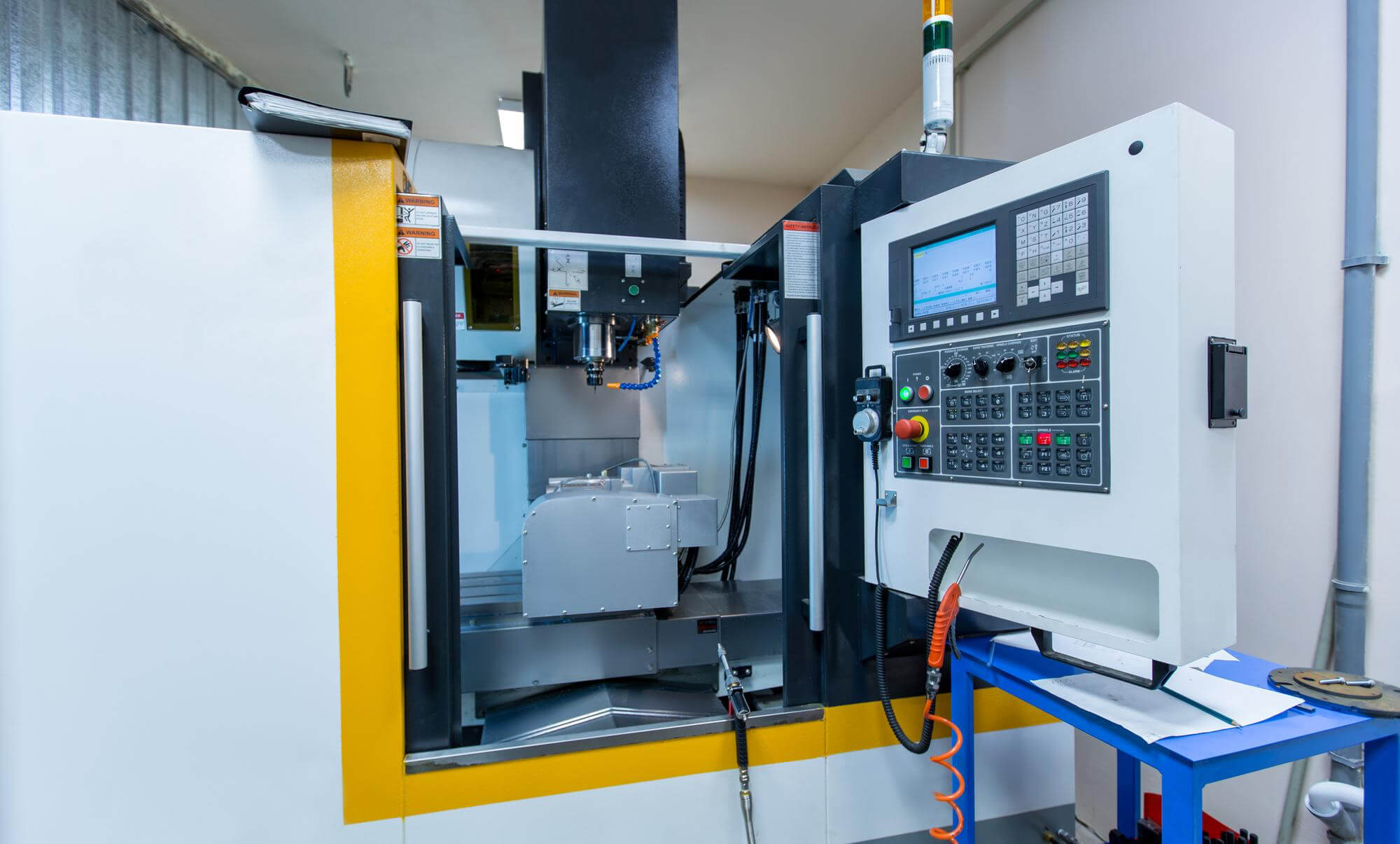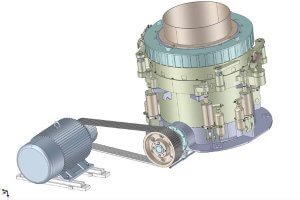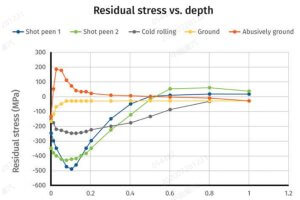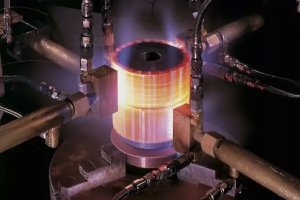Stainless steel, known for its corrosion resistance and high strength, is a popular material choice in the manufacturing of electrical enclosures. However, cutting and machining stainless steel present unique challenges due to its toughness and work hardening properties. For technical professionals and procurement specialists involved in CNC machining, understanding the key techniques for cutting stainless steel is essential. This knowledge ensures the production of high-quality electrical enclosures that meet precise specifications and durability requirements.
In this article, we will explore the key techniques used in CNC machining to effectively cut stainless steel for electrical enclosures. We will discuss material considerations, tooling choices, cutting parameters, and the impact of these factors on the final product. Whether you are a seasoned engineer or a procurement professional, this guide will help you better understand the process and make informed decisions when selecting suppliers for electrical enclosures.
1. Understanding Stainless Steel and Its Challenges in CNC Machining
Stainless steel is a versatile alloy primarily composed of iron, chromium, and nickel. Its chromium content provides a protective oxide layer that prevents corrosion, while nickel enhances the material’s overall toughness. Depending on the specific alloy composition, stainless steel can be classified into several types, each with unique properties that affect its machinability.
Types of Stainless Steel Used in Electrical Enclosures
- Martensitic Stainless Steel: Known for its high strength and hardness, this type is often used where durability is crucial. However, its high carbon content makes it challenging to machine, leading to rapid tool wear and potential work hardening.
- Ferritic Stainless Steel: With a lower carbon content, ferritic stainless steel is easier to machine than martensitic types but still poses challenges due to its tendency to form long, continuous chips that can affect surface finish.
- Austenitic Stainless Steel: The most common type used in electrical enclosures, austenitic stainless steel is known for its excellent corrosion resistance. However, it is prone to work hardening and is challenging to machine without proper techniques.
- Duplex Stainless Steel: A combination of austenitic and ferritic structures, duplex stainless steel offers high strength and corrosion resistance but requires specialized tooling and cutting parameters due to its toughness.
- Precipitation-Hardening Stainless Steel: This type provides a good balance between strength and corrosion resistance and is used in high-performance enclosures. It requires precise control during machining to avoid tool wear and achieve the desired finish.
Challenges in Machining Stainless Steel
- Work Hardening: Stainless steel tends to harden rapidly when cut, increasing the difficulty of subsequent machining operations.
- High Cutting Forces: The material’s toughness leads to higher cutting forces, which can cause tool deflection and reduce machining accuracy.
- Heat Generation: Poor thermal conductivity in stainless steel means that heat generated during machining is concentrated around the cutting area, leading to tool wear and surface damage.
- Chip Control: Managing chips is critical in machining stainless steel, as the material often produces long, stringy chips that can interfere with the cutting process and damage the workpiece.
2. Key Techniques in CNC Machining for Stainless Steel Cutting
To effectively cut stainless steel for electrical enclosures, CNC machining must be optimized for the material’s specific characteristics. Below are some key techniques and considerations that enhance the machining process and improve the quality of the final product.
a. Tool Material Selection
Selecting the right tool material is crucial when machining stainless steel. The tool must withstand high temperatures and resist wear to maintain cutting performance.
- High-Speed Steel (HSS): While HSS tools are commonly used, they tend to wear out quickly when machining stainless steel. Therefore, advanced HSS variants, such as those with added cobalt or vanadium, are preferred for their higher hardness and heat resistance.
- Carbide Tools: Cemented carbide tools, particularly those with titanium aluminum nitride (TiAlN) coatings, are highly effective for stainless steel machining. These tools provide excellent wear resistance and maintain their hardness at elevated temperatures.
- Ceramic and CBN Tools: For high-speed operations, ceramic and cubic boron nitride (CBN) tools offer superior performance. However, they are generally used in finishing operations due to their brittleness.
b. Tool Geometry Optimization
Optimizing tool geometry can significantly reduce the challenges associated with machining stainless steel. Key considerations include:
- Rake Angle: A positive rake angle reduces cutting forces and heat generation, making it easier to cut through stainless steel. However, care must be taken to balance the rake angle with tool strength.
- Relief Angle: A larger relief angle minimizes friction between the tool and the workpiece, reducing the risk of work hardening and improving surface finish.
- Edge Preparation: Honing or rounding the cutting edge can improve tool life by reducing the likelihood of chipping. This is particularly important in preventing premature tool failure in tough materials like stainless steel.
c. Cutting Parameters
Adjusting cutting parameters such as speed, feed rate, and depth of cut is essential for optimizing stainless steel machining.
- Cutting Speed: Lower cutting speeds are generally recommended to prevent excessive heat buildup, which can cause work hardening and tool wear. The optimal speed depends on the specific type of stainless steel and the tool material used.
- Feed Rate: A higher feed rate helps in cutting through the hardened layer of stainless steel, reducing the chance of work hardening. However, this must be balanced with the tool’s ability to withstand increased forces.
- Depth of Cut: It is advisable to set the depth of cut above the hardened layer formed during previous passes. This helps in maintaining the integrity of the cutting edge and ensuring consistent material removal.
d. Coolant and Lubrication
Effective cooling and lubrication are critical when machining stainless steel to manage heat and reduce tool wear.
- Coolant Selection: Water-based coolants with extreme pressure (EP) additives are commonly used. These coolants help to dissipate heat and reduce friction at the cutting interface.
- Application Method: Flood cooling or high-pressure coolant systems are preferred to ensure that the cutting area is adequately cooled. This prevents overheating and prolongs tool life.
- Lubrication: In operations like tapping or drilling, where friction is high, applying a suitable lubricant can improve tool performance and extend its life.
Table 1: Recommended Cutting Parameters for Stainless Steel in CNC Machining
| Stainless Steel Type | Cutting Speed (m/min) | Feed Rate (mm/rev) | Depth of Cut (mm) | Tool Material |
|---|---|---|---|---|
| Martensitic Stainless Steel | 20 – 30 | 0.15 – 0.30 | 1.0 – 3.0 | Carbide (TiAlN Coated) |
| Ferritic Stainless Steel | 25 – 35 | 0.12 – 0.25 | 0.5 – 2.5 | Carbide (TiAlN Coated) |
| Austenitic Stainless Steel | 15 – 25 | 0.10 – 0.20 | 0.5 – 2.0 | Carbide (TiAlN Coated) |
| Duplex Stainless Steel | 10 – 20 | 0.08 – 0.15 | 0.5 – 1.5 | Ceramic / CBN |
| Precipitation-Hardening Stainless Steel | 18 – 28 | 0.12 – 0.22 | 0.5 – 2.0 | Carbide (TiAlN Coated) |
3. CNC Machining Techniques for Electrical Enclosure Design
Electrical enclosures must meet stringent specifications for durability, safety, and performance. The machining of stainless steel components for these enclosures requires precise control and adherence to design requirements.
a. Precision Milling
Milling is a core process in the production of electrical enclosures, particularly for creating flat surfaces, slots, and complex geometries.
- Face Milling: This technique is used to achieve a smooth surface finish on enclosure panels. CNC face milling ensures uniformity and precision across large surface areas, which is critical for enclosures that require a high degree of flatness.
- Profile Milling: For enclosures with intricate shapes or designs, profile milling allows for the precise cutting of external and internal contours. The ability to accurately follow complex profiles is essential in producing enclosures with custom designs.
b. Drilling and Tapping
Drilling holes for cable entries, fasteners, and mounting points is a common requirement in electrical enclosure manufacturing.
- Drilling: When drilling stainless steel, it is essential to use carbide or high-speed steel (HSS) drills with appropriate coatings to prevent tool wear. Peck drilling, a technique that intermittently retracts the drill bit, can help in managing chip evacuation and reducing heat buildup.
- Tapping: Tapping operations in stainless steel require careful attention to tool selection and lubrication. Taps with spiral flutes are preferred for blind holes, as they assist in chip removal and prevent clogging. Applying a high-quality tapping fluid is critical to reduce friction and ensure clean threads.
c. Surface Finishing
The surface finish of electrical enclosures is crucial for both aesthetic and functional reasons. Stainless steel enclosures often require a high level of polish or specific texture.
- Grinding: CNC grinding can be used to achieve a mirror-like finish or remove imperfections from the surface of the stainless steel. It is particularly useful for enclosures that require a refined appearance.
- Polishing: For a high-gloss finish, polishing operations using abrasive compounds or polishing wheels are employed. This step enhances the enclosure’s appearance and can also improve its resistance to corrosion.
**Table 2: CNC Mach
ining Operations for Electrical Enclosure Components**
| Machining Operation | Purpose | Recommended Tooling | Key Considerations |
|---|---|---|---|
| Face Milling | Achieve smooth surface finish | Carbide Inserts (TiAlN Coated) | Use of coolant to manage heat |
| Profile Milling | Cut complex external/internal contours | Carbide End Mills | Ensure tool rigidity to prevent deflection |
| Drilling | Create holes for fasteners/cable entries | Carbide or HSS Drills | Peck drilling to manage chip evacuation |
| Tapping | Create internal threads | Spiral Flute Taps | Use high-quality tapping fluid |
| Grinding | Refine surface finish | Diamond or Ceramic Grinding Wheels | Consistent pressure to avoid overheating |
| Polishing | Achieve high-gloss finish | Polishing Wheels/Compounds | Final step to enhance appearance |
4. Quality Control in Stainless Steel Machining
Maintaining quality is paramount in the production of stainless steel electrical enclosures. The precision and consistency of CNC machining must be supported by rigorous quality control measures.
a. Dimensional Accuracy
Dimensional checks using coordinate measuring machines (CMM) ensure that all features of the enclosure meet the specified tolerances. This is critical in applications where the enclosure must fit precisely with other components.
b. Surface Roughness
Surface roughness measurements help in verifying that the enclosure meets the desired finish quality. A smooth surface is not only aesthetically pleasing but also reduces the risk of corrosion.
c. Structural Integrity
Non-destructive testing methods such as ultrasonic testing or dye penetrant inspection can be used to detect internal defects or surface cracks that could compromise the enclosure’s integrity.
d. Consistency Across Batches
For suppliers producing electrical enclosures in large quantities, consistency across batches is essential. Statistical process control (SPC) methods can be applied to monitor key parameters and ensure uniformity in production.
Table 3: Quality Control Measures in Stainless Steel Machining
| Quality Control Measure | Purpose | Tool/Method Used | Importance in Electrical Enclosures |
|---|---|---|---|
| Dimensional Accuracy | Ensure all features meet specifications | Coordinate Measuring Machines (CMM) | Critical for proper fitting and assembly |
| Surface Roughness | Verify smoothness and finish quality | Surface Roughness Testers | Important for aesthetics and corrosion resistance |
| Structural Integrity | Detect internal defects or cracks | Ultrasonic Testing, Dye Penetrant | Ensures long-term durability |
| Batch Consistency | Maintain uniformity across production | Statistical Process Control (SPC) | Essential for large-scale manufacturing |
5. Evaluating CNC Machining Suppliers for Electrical Enclosures
Selecting the right supplier for CNC machined stainless steel electrical enclosures is crucial for ensuring product quality and reliability. Here are some key factors to consider:
a. Technical Expertise
The supplier should have extensive experience in machining stainless steel and a deep understanding of its challenges. This expertise translates into better quality control and fewer production issues.
b. Advanced Equipment
Modern CNC machinery equipped with high-speed spindles, multi-axis capabilities, and advanced tool management systems is essential for machining complex stainless steel parts. Ensure that the supplier has the necessary equipment to handle your specific requirements.
c. Quality Assurance
A robust quality assurance process, including regular inspections and testing, is a hallmark of a reliable supplier. Look for certifications such as ISO 9001, which demonstrate a commitment to maintaining high standards.
d. Customization Capabilities
Suppliers with the ability to customize machining processes to meet specific design requirements can provide more tailored solutions. This flexibility is particularly important for projects with unique or complex designs.
Table 4: Key Factors for Evaluating CNC Machining Suppliers
| Evaluation Factor | Importance | What to Look For |
|---|---|---|
| Technical Expertise | Ensures high-quality machining | Extensive experience with stainless steel |
| Advanced Equipment | Handles complex and precise machining | Modern CNC machines with multi-axis capability |
| Quality Assurance | Maintains consistent product quality | Certifications like ISO 9001 |
| Customization Capabilities | Provides tailored solutions | Ability to modify processes for specific needs |
6.Trends in CNC Machining for Electrical Enclosures
As technology continues to evolve, several trends are likely to shape the future of CNC machining for stainless steel electrical enclosures:
a. Automation and AI Integration
The integration of automation and artificial intelligence (AI) in CNC machining will enhance precision and reduce human error. AI can optimize cutting parameters in real-time, improving efficiency and consistency.
b. Sustainable Manufacturing
With increasing emphasis on sustainability, CNC machining processes are being optimized to reduce waste and energy consumption. This includes the use of eco-friendly coolants and lubricants, as well as recycling metal chips.
c. Advanced Tooling Materials
The development of new tooling materials, such as diamond-coated tools and advanced ceramics, will further enhance the ability to machine tough materials like stainless steel. These tools offer longer life and better performance, especially in high-speed operations.
7. Conclusion
CNC machining of stainless steel for electrical enclosures requires a deep understanding of the material’s properties and the challenges it presents. By applying the key techniques discussed in this article, manufacturers can produce high-quality enclosures that meet rigorous standards for durability, precision, and performance.
For procurement specialists, selecting suppliers who demonstrate expertise in stainless steel machining and adhere to stringent quality control measures is essential. As CNC technology continues to advance, the ability to effectively machine stainless steel will only improve, leading to better products and more efficient manufacturing processes.
Other Articles You Might Enjoy
- What Material Properties Need to Be Considered When CNC Machining Stainless Steel Flanges?
The CNC machining of stainless steel flanges requires a profound understanding of the material's properties to ensure high-quality, precision outcomes. This article delves into the critical material properties that impact…
- Fast CNC Machining Services for Stainless Steel Prototyping
CNC Machining and Stainless Steel in Prototyping Computer Numerical Control (CNC) machining is a critical process in the manufacturing sector, particularly for prototyping projects. It's an automated method that uses…
- How to Choose a Global CNC Machining Service Provider for Stainless Steel Flanges?
Choosing the right CNC machining service provider for stainless steel flanges is crucial to ensure high-quality products, timely delivery, and cost-effectiveness. This guide will help you understand the key factors…
- How Does CNC Machining Achieve Precision Tolerances in Stainless Steel Parts?
The Importance of Precision Tolerances in Stainless Steel Parts Precision tolerances are the allowable limits of variation in a physical dimension. In CNC machining, particularly for stainless steel parts, achieving…
- Precision CNC Machining of Stainless Steel: Innovations and Best Practices in Aerospace Machining
Introduction: Precision CNC Machining and the Use of Stainless Steel Precision Computer Numerical Control (CNC) machining, a vital technology within the manufacturing industry, uses pre-programmed software to guide machinery towards…
- Stainless Steel vs. Aluminum in CNC Machining: Pros and Cons
CNC Machining: The Role of Stainless Steel and Aluminum Computer Numerical Control (CNC) machining is a groundbreaking method in manufacturing that involves precise computer commands to manipulate and control tools…









